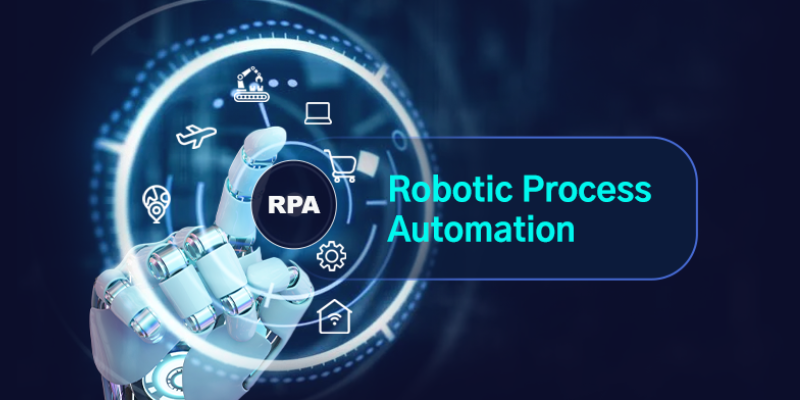
Automation has become an essential part of businesses today. As companies increasingly rely on technology, automating processes and tasks that were previously done manually has become necessary. Robotic Process Automation (RPA) is today’s most popular automation technique. It is a software technology that allows businesses to automate repetitive, rule-based tasks using software robots. RPA tools can be used to automate a vast of tasks, from data entry to customer service. This blog will review some popular RPA tools and guide you through them. Enrolling in FITA Academy‘s RPA Training in Chennai will provide you with the knowledge and hands-on experience of various RPA tools.
What is RPA?
RPA stands for Robotic Process Automation. It is a software technique that employs bots to automate processes previously done manually. RPA bots are designed to perform repetitive, rule-based tasks, such as data entry, customer service, and other back-office tasks. By automating these tasks, RPA technology can help businesses reduce costs, improve efficiency, and increase accuracy.
Popular RPA Tools
There are several RPA tools available in the market today. Some popular ones are UiPath, Blue Prism, Automation Anywhere, and WorkFusion. This blog will focus on UiPath and Automation Anywhere.
Using UiPath
UiPath is a popular RPA tool that is easy to utilise and offers a range of features. Here is a step-by-step guide to using UiPath:
Install UiPath Studio
The first step is to download and install UiPath Studio. You can download the software from the UiPath website. Once downloaded, follow the structure wizard to install the software.
Create a New Project
Once the software is installed, open UiPath Studio and create a new project. Name your project and select the type of process you want to automate. The RPA Course is designed and delivered by experts with extensive experience in robotic process automation.
Design Your Workflow
The next step is to design your workflow. UiPath offers a drag-and-drop interface that makes it easy to design your workflow. You can add activities, variables, and arguments to your workflow.
Debug and Test Your Workflow
After designing a workflow, testing and debugging it to ensure accuracy is important. UiPath provides a debugging tool to check your workflow and detect errors.
Publish Your Workflow
Once your workflow is tested and working correctly, you can publish it to the UiPath Orchestrator. The Orchestrator is a central management platform that allows you to deploy and manage your workflows.
Using Automation Anywhere
Automation Anywhere is another popular RPA tool that offers a range of features. Here is a step-by-step guide to using Automation Anywhere:
Install Automation Anywhere
The first step is to download and install Automation Anywhere. You can download the software from the Automation Anywhere website. Once downloaded, follow the installation wizard to install the software.
Create a New Task
Once the software is installed, open Automation Anywhere and create a new task. Name your task and select the type of process you want to automate.
Design Your Workflow
The next step is to design your workflow. Automation Anywhere offers a drag-and-drop interface that makes it easy to design your workflow. You can add commands, variables, and loops to your workflow.
Debug and Test Your Workflow
After designing your workflow, you can debug and test it using Automation Anywhere’s debugging tool. This tool lets you step through your workflow and identify errors.
Run Your Task
You can run your task once your workflow is tested and working correctly. Automation Anywhere offers scheduling options that allow you to run your task at specific times.
RPA is an excellent solution for businesses that want to automate repetitive, rule-based tasks. UiPath and Automation Anywhere are two popular RPA tools offering various features. This blog will offer a step-by-step guide to using these tools. With the help of these tools, businesses can automate their processes and increase productivity. Additionally, individuals interested in learning RPA can explore courses offered by the Training Institute in Chennai to understand the types of robotic process automation available.
Also Read: RPA Interview Questions and Answers
